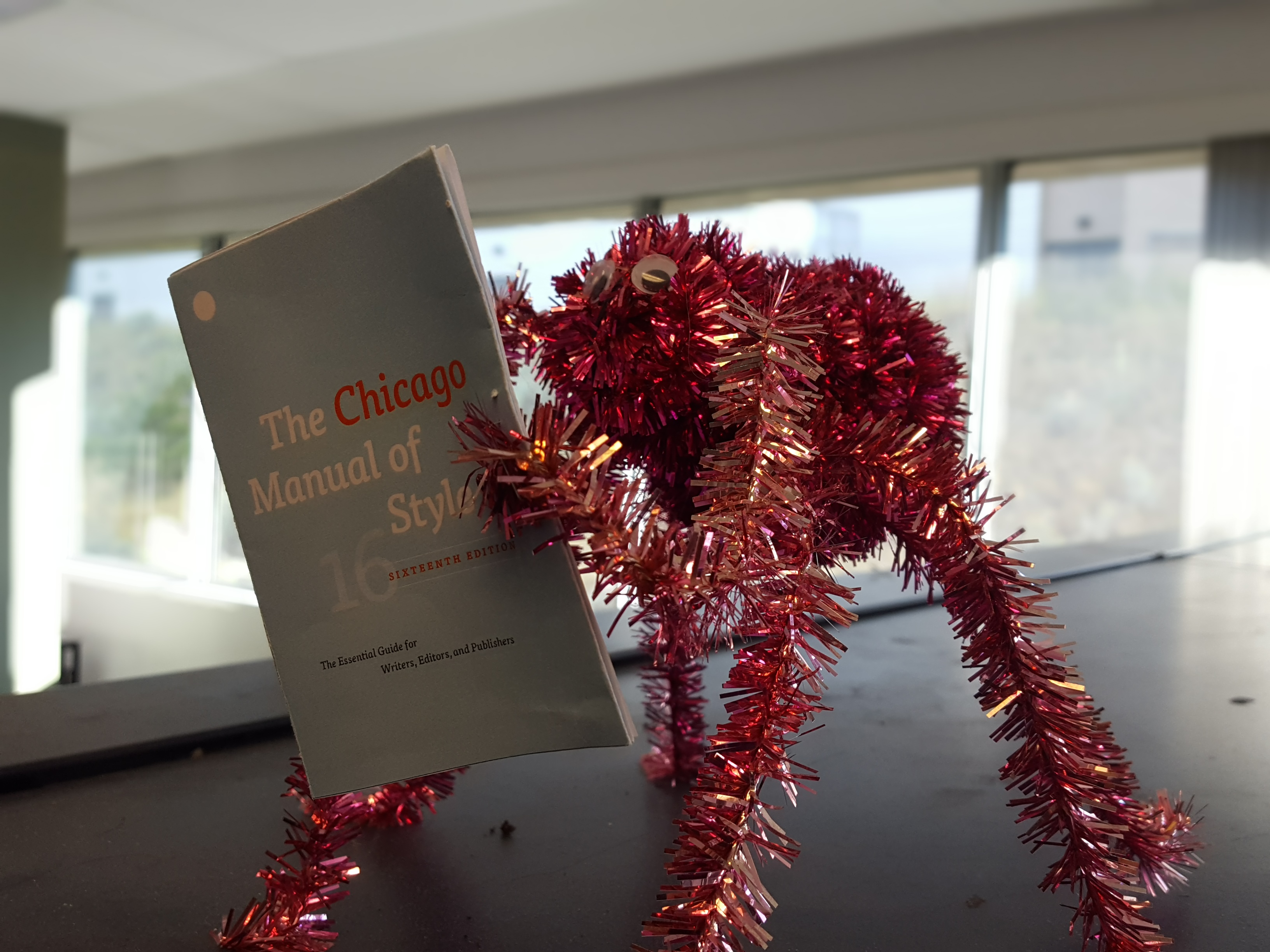Editing for the Web


We had a great info session this week with Carolyn T from Production. Here are a few things I noted: No more course “Home Page” so no more folders. The landing page when opening a course is the Course Guide. Media appears in a player if in the context of an activity or assessment, but…
Where possible, we try to include examples in our courses that reflect the diversity of Canadian society. Showing diversity in cultures, ethnicities, genders, ages, and abilities in both the visual representations we use and the instructional examples in courses, we engage with students, value their experience and community, and prepare students for life in a…
This post captures changes to our editorial house style following a meeting on Feb. 9, 2018. Attributions and Credit Lines Attributions in a course might appear in a resources list (at the beginning of the module), in the learning activity that assigns the reading or media (within the module), in a title page (created…
Bob Joseph’s CBC article addresses how and why the terminology we use may be changing: “One of the key messages I give in my workshops and training: ‘Go with what they are calling themselves.’ […] it’s about showing respect and using the term that individuals and organizations have chosen for themselves.” Joseph, B. (2016, September 21). Indigenous or Aboriginal:…
Word files of the Course Guide template and the Open Learning Faculty Member template are available in O drive, 4 Editing Resources. Feel free to share the Word templates as a time-saver for developers. It may be quicker to fill-in or revise sections in a Word file compared to copying the information from this site…
Students have a wealth of knowledge and experiences from which to draw; however, at the start of a course they are not experts in the course concepts. One way to communicate concepts clearly to non-experts is to use plain language principles so the writer’s ideas can be easily understandable by anyone. This might include: Defining new…